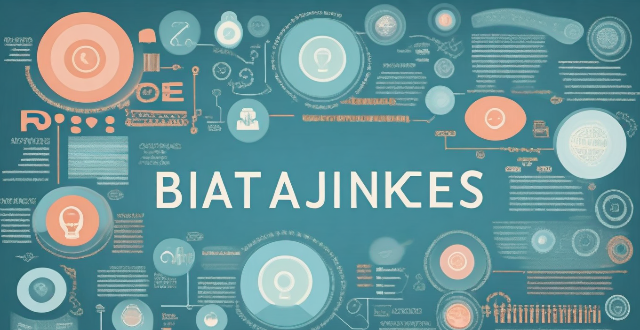The text discusses the difference between data privacy and data protection, emphasizing that understanding these concepts is crucial for managing personal information responsibly. Data privacy focuses on individual rights to control personal information, while data protection emphasizes organizational measures to safeguard that information. Both are essential for building trust and ensuring responsible data handling.

The Difference between Data Privacy and Data Protection
Data privacy and data protection are two terms that are often used interchangeably, but they have distinct meanings. Understanding the difference between these two concepts is crucial for individuals and organizations alike, as it helps them make informed decisions about how their data is collected, stored, and used.
Data Privacy
Data privacy refers to the rights of individuals to control how their personal information is collected, used, and shared. It involves giving individuals the ability to decide what information about them is known to others and how it can be used. Data privacy is concerned with ensuring that personal information is not disclosed without consent or in a manner that violates an individual's rights.
Key aspects of data privacy include:
- Consent: Individuals should have the right to give or withhold their consent for the collection, use, or disclosure of their personal information.
- Transparency: Organizations must be transparent about why they collect data, how they will use it, and who they may share it with.
- Access: Individuals should have the right to access their personal information and correct any inaccuracies.
- Security: Personal information should be protected against unauthorized access, use, or disclosure.
Data Protection
Data protection, on the other hand, refers to the measures taken to ensure that personal information is processed in a fair, lawful, and transparent manner. It involves implementing policies, procedures, and technologies to safeguard data from unauthorized access, misuse, or loss. Data protection is more focused on the actions taken by organizations to protect data rather than the rights of individuals.
Key aspects of data protection include:
- Legal compliance: Organizations must comply with data protection laws and regulations, such as the General Data Protection Regulation (GDPR) in the European Union.
- Risk management: Identifying potential risks to data security and implementing measures to mitigate those risks.
- Data governance: Establishing policies and procedures for managing data throughout its lifecycle, from collection to disposal.
- Technological controls: Implementing security measures such as encryption, firewalls, and secure databases to protect data from unauthorized access or theft.
Conclusion
In summary, while data privacy focuses on the rights of individuals to control their personal information, data protection emphasizes the measures taken by organizations to safeguard that information. Both concepts are essential for building trust between individuals and organizations and ensuring that personal information is handled responsibly. By understanding the differences between data privacy and data protection, individuals and organizations can better navigate the complex landscape of modern data management and ensure that their rights and responsibilities are upheld.